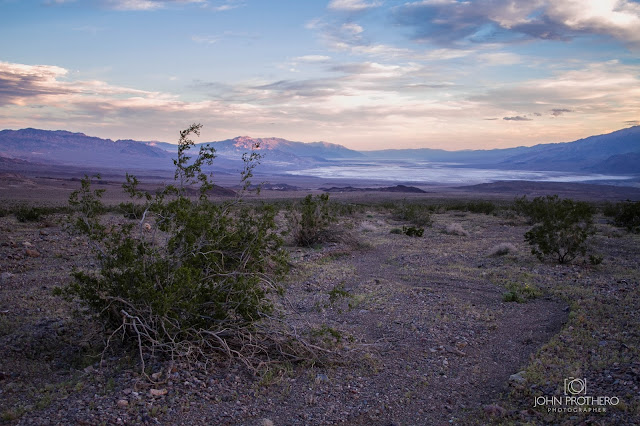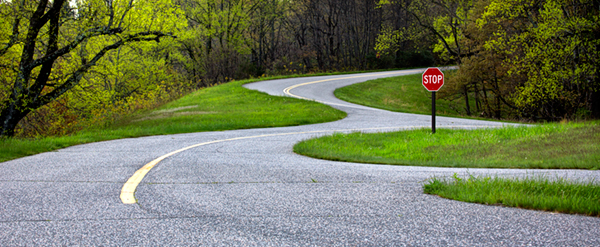My personal vision
 |
| Death Valley, sunset, March 2017 Canon 7D 24mm lens |
With the explosive growth of social media, in particular Facebook and Instagram, those of us who appreciate or participate in the art of photography have never had a more suitable platform for displaying our images. 20 years ago, when I was photographing landscapes with my Zone VI 4x5" camera my hope - a wish really - was that someone would purchase one of my images as wall art. Making color prints was expensive, and making black and white prints in my dad's darkroom was limited to 8x10" finished images. Trying to get even a print selected for a gallery showing was even more of a pipe dream. And the thought of doing a book? Well, did I have $10,000 just laying around?
Now, being a photographer and having your work "published" in both digital and print media is so much easier, and less expensive. And I've never been an equipment snob, because I see images that were done with a smartphone that could rival what I used to do with my 4x5" camera! Photographers of all skill levels are sharing their work on multiple platforms, and even within a single platform like Facebook, they can share their work on different pages that each represent a different audience.
This morning as I was browsing through Facebook I viewed some images of a photographer that I was not familiar with. The images were very dramatic, some soft focus, some sharp detail. The pervading theme in the images was tight framing of natural and man-made objects to illustrate line, shape and form. They were more abstract. I liked them. But it brought something to mind that I have been trying to articulate for the past few months: What is MY vision?
Decades ago, when I was showing someone my black and white prints, this person said "So, you're the next Ansel Adams?" My response was, "No. I'm the first John Prothero."
Photographers are all influenced by the images they see created by other photographers. Yes, Ansel Adams has been very influential to me, particularly in my black and white work. So has John Sexton, Edward Weston, Bruce Barnbaum and Elliot Porter. These primarily 20th century masters (Sexton and Barnbaum are still very active in the large format black and white community) all had unique visions of their own, but studied and learned from each other. They were and are all masters of composition and tonal range, which is key to black and white photography. I have long loved the work of the color masters David Muench and Jack Dykinga, both contributors to Arizona Highways Magazine, a publication that mastered the art of publishing color images. Their influence on me has been more profound because they are steeped in the large format color space, yet in the case of Dykinga, he's transitioned to the digital space, and his images are still masterworks of color and strong composition.
All of these photographers, though, had something in common: an eye for razor sharp detail. And as I think of how I want my work to look - the essence of my personal vision - I want it to be sharp. As humans, when we see a landscape, we don't see the foreground out of focus while the distance is sharp, or vice versa. It's all in focus. For many photographers, selective focus is part of their vision. For me, that would be a rare exception. I want the viewer of my image to "feel" like they were there. I want them to be drawn into the image, and if I do selective focus, then the viewer instinctively will look at the object that is in focus. They are stopped there. They are not drawn in. Yes, this is a personal view, but this is my personal vision.
During the explosive growth of Photoshop I was asked "do you think Adams would have liked Photoshop, or the images heavily manipulated by someone using Photoshop?" Well, I cannot speak for Adams as far as the level of manipulation that someone may do using Photoshop. But I do know that Adams manipulated his images in the darkroom, sometimes to such an extent that if you were to see one of his images printed straight against his final image, you'd see vast differences. Here is his famous "Moonrise over Hernandez", taken in 1941. The left side is the image printed without any darkroom work - a straight print. The right side is the final image that we all know and love.
You can clearly see that Adams heavily worked this image with various darkroom techniques. I have seen his prints and noticed other post-darkroom techniques that he'd use as well. Adams was an unabashed image manipulator, because he would envision the final image as he photographed it. The end result was a completion of that vision.
Sometimes, when a photographer is in nature, they are responding to the raw visceral impact of the landscape around them. The skill in capturing that and distilling that to a small frame takes more than just a click of the shutter button: it takes an ability to frame that emotional response, and use the natural compositional elements around you to enhance or elicit a response from the viewer. Some photographers heighten the sense of emotional impact by manipulating their images heavily: creating more dynamic shadows or saturating the color more. That is is their personal vision. To me, that is not real.
For me, I strive to stay true to my personal vision. Sometimes I think I am still in the process of defining that. But when I look at the images I have taken in the past 30 years, I do see a cohesive story. My vision has always been about two things: capturing what I see in a way that will resonate with the viewer; and using nature's own compositional elements to create something within that image that brings the viewer in. As I've processed images in Lightroom, I have done some manipulation, but only to achieve the results that I saw when I captured the image, not to over-dramatize it. I don't want there to be any suspicion in my viewer's eye that the image is not authentic, and particularly since my audience will be made up of other photographers and lovers of nature, to have an image that is unauthentic will turn them away.
And that is my personal vision......



Comments